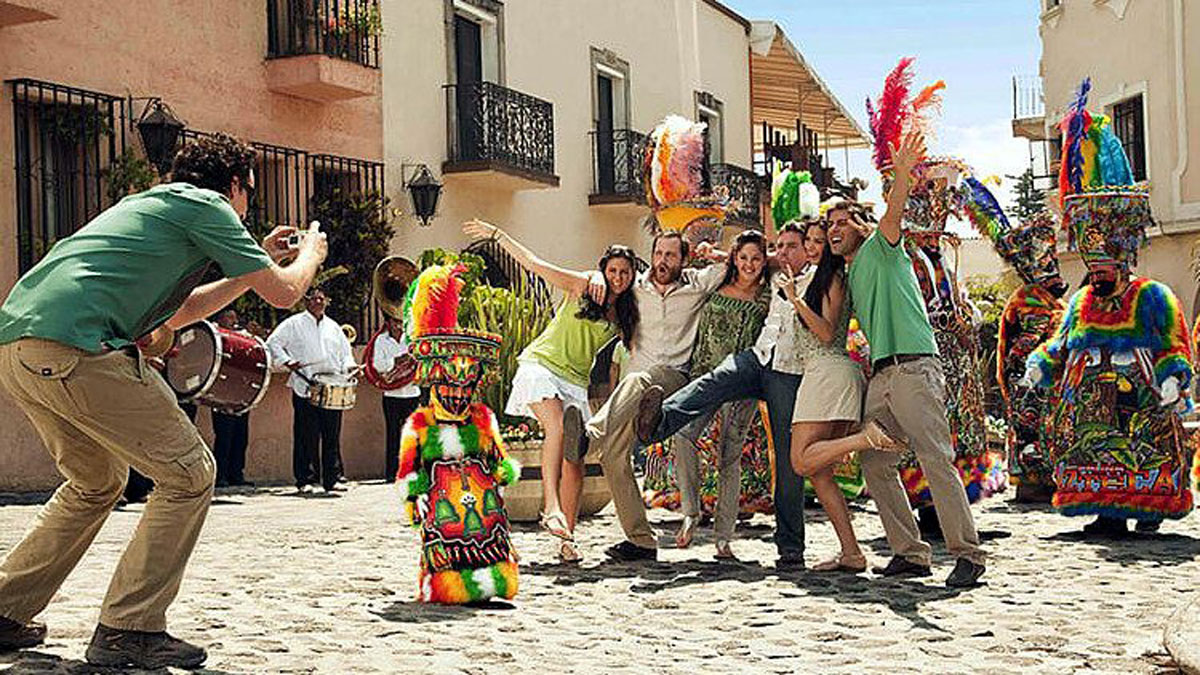“We no longer want to be a “theme park”, our goal is to promote comfortable and high-quality tourism,” the authorities of the famous city, the center of pilgrimage tourism, the Spanish Santiago de Compostela in Galicia, made such a statement. To this end, the city plans to introduce a tourist tax that will affect all foreigners, regardless of their country of origin – that is the city introduces a property qualification to “cut off” poor tourists and attract the rich.
According to the Spanish press, the mayor of Santiago de Compostela, Goretti Sanmartin, said that the city annually receives 300,000 tourists.
“I want a Santiago that doesn’t have to be run from because of uncontrolled tourism. Our goal is to make the city a more comfortable place for both tourists and residents,” the mayor said.
The introduction of the tourism text is also necessary so that the city can “protect some of the costs”, as well as plan for controlled growth and offer a “pleasant experience for all visitors,” she said. The mayor added that the main goals are to combat excessive tourism, control tourism in the city center, and “redistribute” the busiest spaces.
Also, Ms. Sanmartin noted that the city authorities do not see a problem with the introduction of the tax. “No one stops coming to the city because it has a tourist tax and they at least contribute to the costs that tourism generates,” the mayor emphasized. In Spain, such taxes are introduced in Barcelona – from 2 to 7 euros per night, and in the Balearic Islands – from 1 to 4 euros per night. For example, the authorities of the Balearic Islands reported that about 12 million euros would be collected annually as a result of the tax. True, taxes – and they were introduced in 2016 – did not help with the solution to the problem of over-tourism.
Our reference: Santiago de Compostela is the key and final point of a very specific and rather popular tourist route El Camino de Santiago – a pilgrimage route through Northern Spain to the tomb of St. James. The route, which has been a UNESCO World Heritage Site since 1993, attracts many tourists every year. The specifics of the route, however, are such that these are mostly far from “luxury” tourists who walk most of the way, stopping mainly in special shelters for pilgrims.

